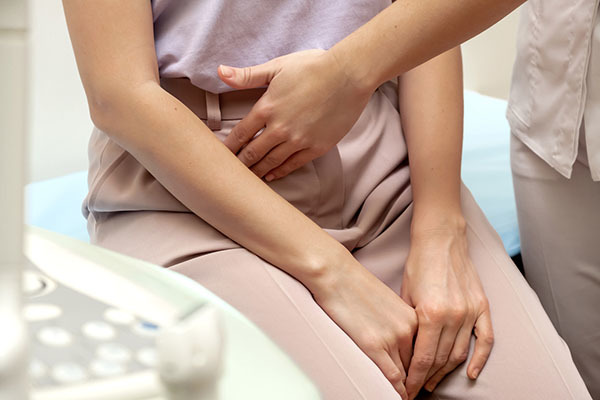
Fatty Liver Disease and Children
Fatty liver disease is a condition in which fatty deposits accumulate within the liver cells, resulting in swelling and scarring. It can occur when body fat builds up from excess alcohol intake or overproduction of fatty acids. This fatty buildup causes inflammation and pressures the liver, inhibiting its normal functions. It does not usually cause symptoms until it has progressed significantly.
Can children get fatty liver disease?
Fatty liver disease in children is rare in Western countries, but it has been documented anecdotally since 1964. The causes in children are much the same as in adults:
- Excessive energy foods
- Fatty acid overproduction by the body
- Obesity due to lack of exercise
- Fatty liver disease due to malnutrition
- Obesity in childhood resulting in fatty liver disease during adulthood
- Excessive alcohol consumption
Symptoms in children can include fatigue, lack of appetite (going on to cause malnutrition), vomiting (a sign of advanced fatty liver disease), abdominal pain, itching around the eyes, rapid breathing, fluid buildup within the abdomen, jaundice, bleeding disorders, nausea, weight loss, immune system dysfunction, respiratory infections, constipation or diarrhea.
How is a fatty liver disease diagnosed?
It is diagnosed through a physical exam and blood testing. Blood tests are used to determine levels of fat deposits within the liver. MRI s are used to determine the degree of fatty infiltration within internal organs. Ultrasounds are not typically used unless there is evidence of fatty infiltration within other organs besides the liver.
MRI and CT scans are used to determine fatty liver disease severity. If fatty infiltration is present in other organs besides the liver, doctors may use these scans to assess whether damage has occurred. Fatty infiltration can lead to cirrhosis, cancer, and early-onset diabetes.
How do you prevent fatty liver disease?
Fatty liver disease prevention involves:
- Minimizing heavy food intake.
- Establishing an appropriate exercise regimen.
- Preventing obesity during childhood or adolescence.
- Avoid alcohol consumption altogether.
- Maintaining a healthy diet with high energy content but a low density of fatty foods.
It is beneficial for patients with fatty liver disease to eat foods rich in n-3 fatty acids because they have been shown to reduce fatty infiltration within the liver.
How do you treat fatty liver disease?
No medications can cure fatty liver disease, but some treatments can improve symptoms and prevent further damage from fatty infiltration. If it is caused by malnutrition or alcoholism, doctors prescribe vitamins B1, B6, E, and niacinamide supplements.
If fatty liver disease results from an excessive intake of energy foods, a doctor may prescribe a low-fat diet to reduce fatty infiltration within the liver. Patients receiving this treatment are also advised to increase their exercise regimen to maintain a healthy weight and body mass index. However, it has been shown that fatty infiltration within the liver will continue so long as no changes are made to daily dietary habits.
Suppose the fatty liver disease does present with apparent symptoms. These may include fatigue, lack of appetite (going on to cause malnutrition ), abdominal pain, itching around the eyes, rapid breathing, fluid buildup within the abdomen, jaundice, weight loss, nausea, immune system dysfunction, respiratory infections, constipation, or diarrhea. In most cases, fatty liver disease does not have any noticeable symptoms; fatty liver disease can only be diagnosed through blood or imaging tests.
Fatty liver disease is typically diagnosed through a physical exam and blood testing. Blood tests are used to determine levels of accumulated fat in the liver. Ultrasounds are not utilized unless fatty infiltration has occurred within other organs besides the liver.
Imaging scans such as MRIs and CTs assess fatty infiltration within internal organs. These imaging scans can also determine fatty liver disease severity. If fatty infiltration has occurred within other organs besides the liver, doctors may use these scans to determine whether damage has occurred.
